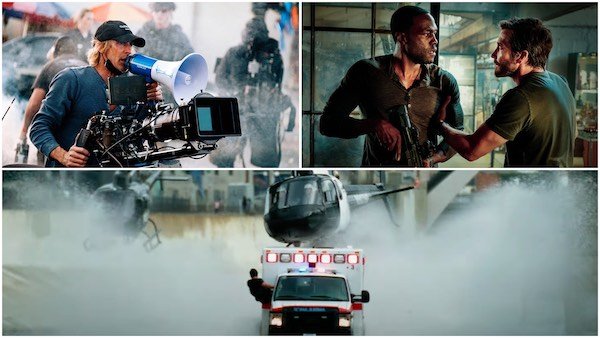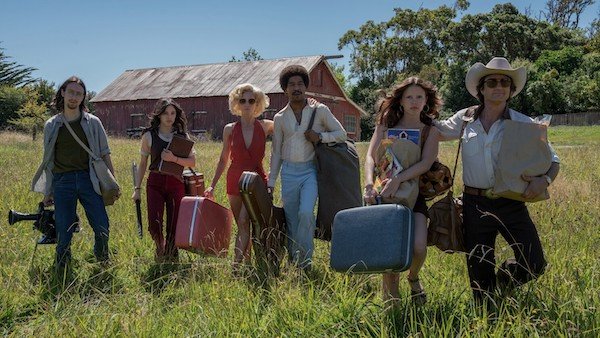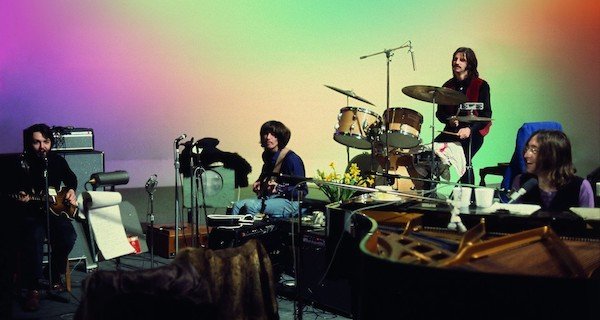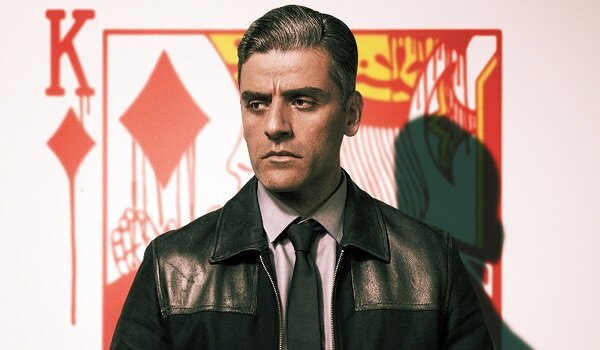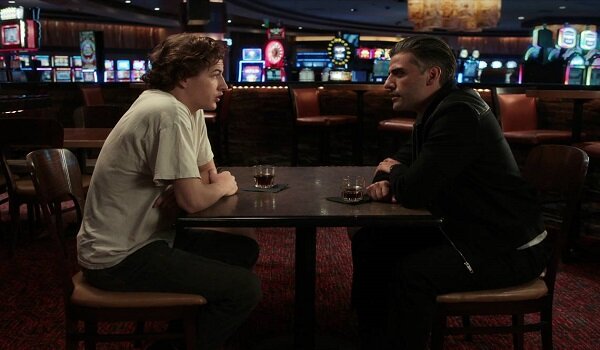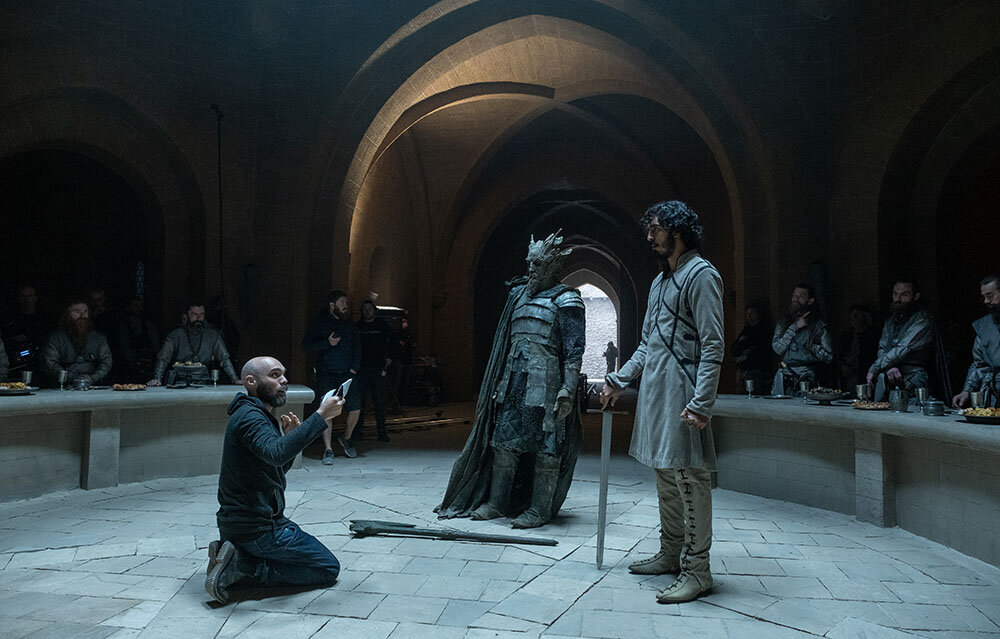Bring Back That Lovin' Feeling: "Top Gun: Maverick" Review
★★★★★ (5/5)
Watching a 59-year-old Tom Cruise headline another death-defying action movie is similar to watching combat sports. In boxing and MMA, it’s inevitable that the greatest fighters will age. And unless they take an early retirement, they will almost certainly live to find defeat at the hands of a younger athlete. Decorated as they may be, Father Time is undefeated in martial arts.
Cruise, however, is an anomaly; over the course of his 41-year career, he’s built lore as an ageless movie star who refuses to throw in his towel. His industry leverage and tenacity in making movies that thrive on spectacle have given him longevity that can honestly be described as ‘legendary’. We’ve seen him fly fighter jets, dangle from skyscrapers in Dubai, perform a real-life HALO jump, and hang off the edge of a rock wall in Moab, just to name a few.
Top Gun: Maverick is the thrilling sequel to Tony Scott’s 1986 film that reminds us of a time in cinema when you didn’t need superheroes to enjoy the spectacle, though you could argue that its protagonist Pete “Maverick” Mitchell has always been a man of superhuman capabilities. The latest installment, which earned a record-breaking $156 million over Memorial Day weekend helps cement Cruise’s legacy as a performer with unwavering commitment in everything he does. It’s a unanimous victory and a resounding statement to the public at large: Tom Cruise isn’t hitting the eject button anytime soon.
Joseph Kosinski (Oblivion, 2013) re-teams with Cruise to take audiences back to sun-bleached Miramar amidst present-day advancements in drone technology that threaten to render fighter pilots obsolete. When Maverick is summoned back to help a young cohort of hot-shots prepare for a deadly mission, he must prove to the bureaucrats calling for extinction that aviators are still a force to be reckoned with.
The sequel finds Cruise matched with a new assortment of faces, including Jon Hamm as the disapproving commander “Cyclone” Simpson, Jennifer Connelly as the radiant love interest Penny Benjamin, Glen Powell as cocky pilot “Hangman”, and Miles Teller as Bradley “Rooster” Bradshaw, the headstrong son of Maverick’s perished partner Goose in the original film. His hostility towards Maverick is a central plot device that provides a link to the original while highlighting the late-stage stance of Tom Cruise.
Jay Ellis, Lewis Pullman, Monica Barbaro, and Danny Ramirez are called in to pump fresh new blood into the mix of Top Gun: Maverick. As elite pilots in the nation’s most prestigious flight school, their presence provides an improvement over the original by including side characters who feel like young people that play an actual part in its greater mission.
“If you sign up for a Tom Cruise movie, as an actor or department head, you better be in. He does not half-ass it, therefore you cannot half-ass it. And that’s what I think makes him truly incredible.”
Glen Powell | The Wrap
The highly functional script follows closely to its predecessor, featuring similar story elements while improving its relevance to the present day. Co-written by Ehren Kruger, Eric Singer, and Tom Cruise’s frequent collaborator Chris McQuarrie, the story finds favor in familiarity. But with Cruise in his late 50s, the roles are now inverted with Maverick as the battle-worn mentor who must prove his knowledge to stubborn millennials, which lends itself to several comedic moments throughout.
Top Gun: Maverick’s appeal as an early fan favorite is built around its reputation as a throwback action movie. To be “produced by Jerry Bruckheimer” is a sigil that is worn proudly by movies with maximum excitement and little to no filler. The film operates as a loving homage to the full-throttle excess of 1980s cinema. In a world where so many movies are equipped to profess some sort of stance on the direction of our culture, it feels good to sit back in a cacophonous auditorium and watch an aerial ballet unfold at neck-breaking speed.
Even the dialogue seems pulled from a bygone time. From the intimate moments of melodrama to the quippy one-liners that balance humor and heroism better than Marvel Studios’ movies, everything works in perfect throwback harmony. And while there are many instances of fan service that are sure to please fans of the original, it isn’t crucial to the viewing experience—and yes, there is a shirtless beach scene, in case you were wondering.
In order to compete with the blockbusters of today, Tom Cruise and Jerry Bruckheimer knew that authenticity was vital to success for a sequel 36 years in the making. That’s why Tom Cruise felt it necessary to create a flight school to help teach his co-stars how to fly for real—and he himself designed the curriculum. Yeah, he’s actually qualified to do that.
Needless to say, the aerial training made for a massive payoff, as the movie is built around its stunning flight sequences. Each pilot’s jet was equipped with mounted cameras that could capture each grimace, every labored grunt as they twist and maneuver their massive aircraft with pinpoint precision at Mach Speeds that speaks to the grueling physicality of flying.
What makes this movie such a cut above contemporary hits like Avengers: Endgame, is its notable lack of CG intervention. Every hairpin turn, every inverted flip, every coordinated maneuver that we see is entirely real. The viewing experience is exponentially enhanced in larger format theaters, so if you thought you’d wait until this movie landed on streaming, you’d be doing yourself a huge disservice.
“On the last flight, he came back to the debrief room. I could tell he was exhausted and he just sat down on the chair and he put his black Ray-Bans from Risky Business on. I was like, 'How did it go?' And he said, ''We crushed it.'”
Joseph Kosinski | The Ringer
It’s been almost 40 years since the release of Tony Scott’s Top Gun, but there appears to be no sign of slowing as its sequel blazes into its second weekend atop the domestic box office. It’s exceedingly fun, quotable, and emotionally satisfying as a new staple of pop culture and an instant classic that’ll transport you right back to the danger zone. Although shooting complications and the arrival of COVID held up its release by almost three years, Top Gun: Maverick is a solid platinum follow-up that is well worth the wait.




